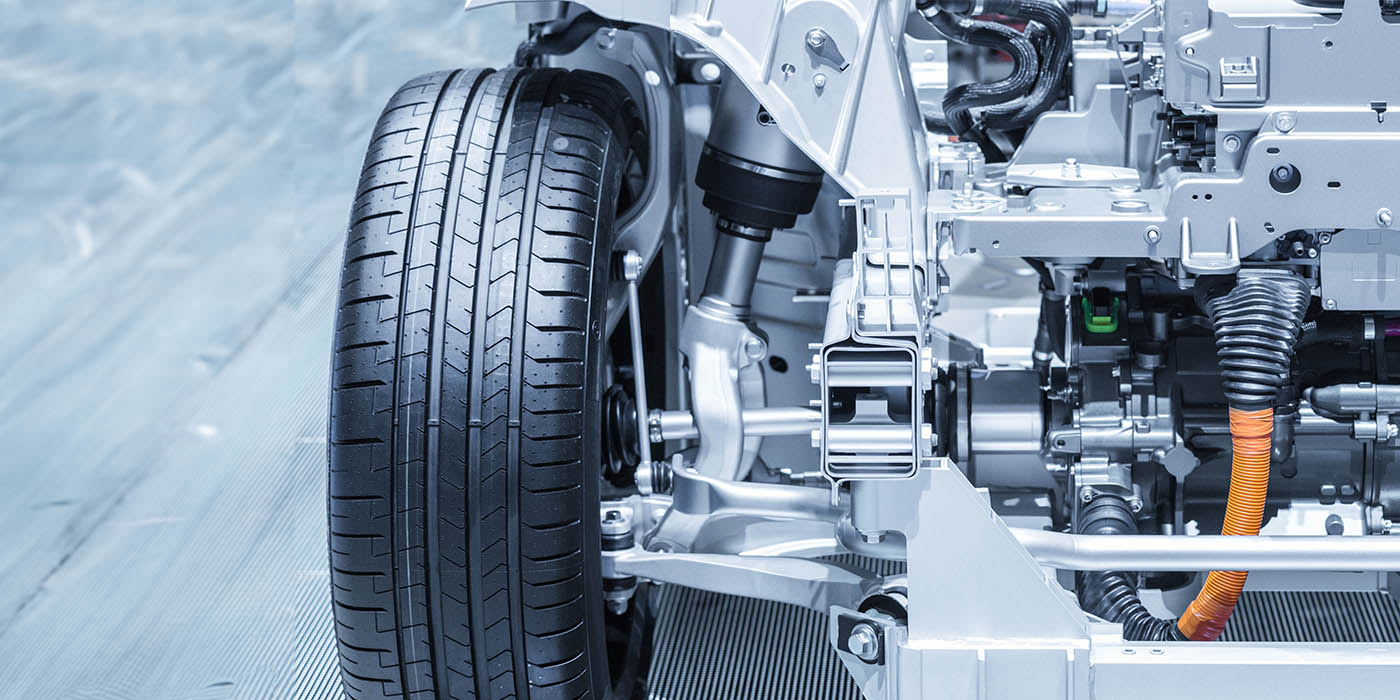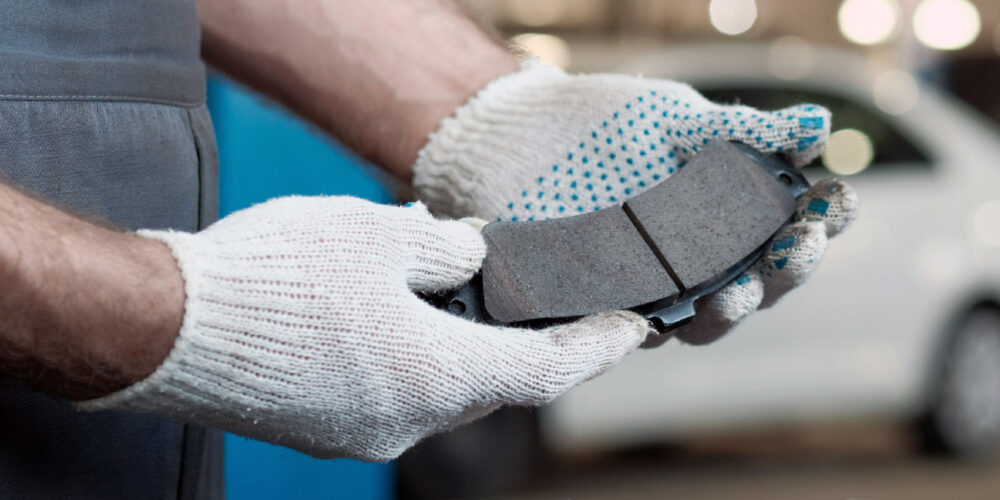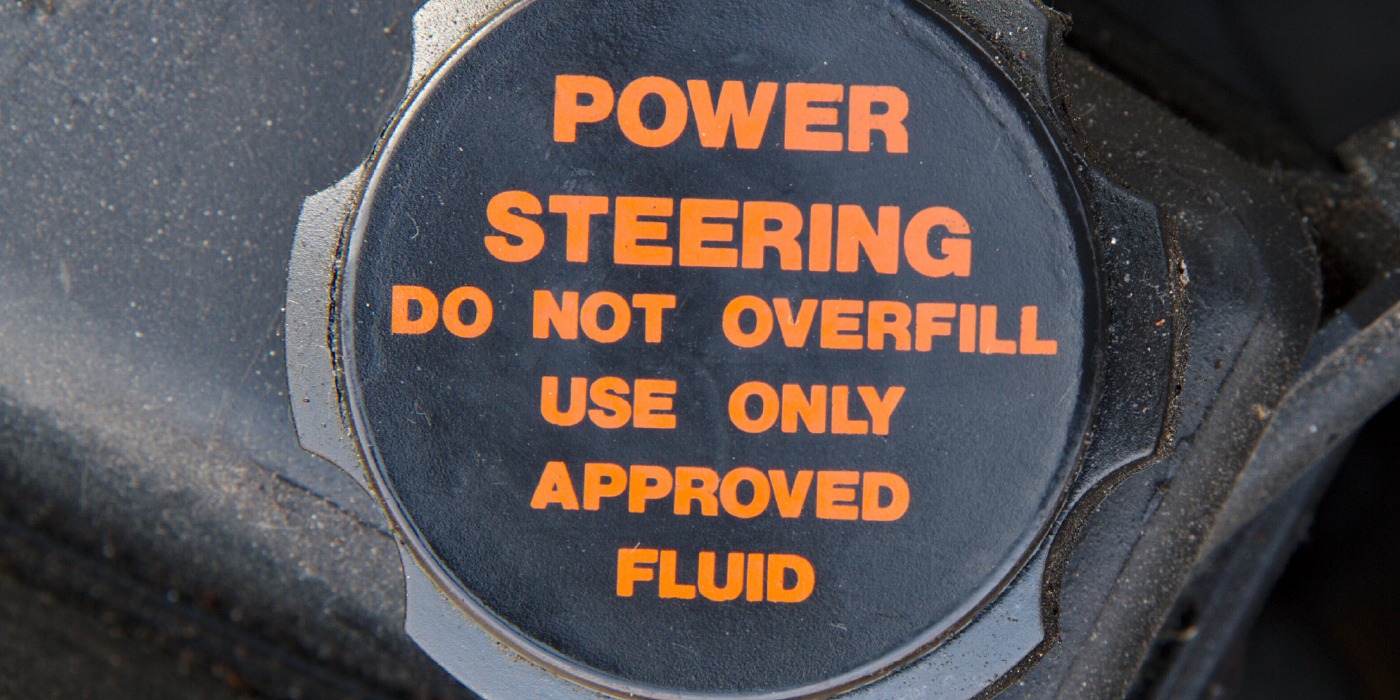Noisy power steering on an applicable vehicle may be caused by the following conditions:
• Air drawn into the power steering pump if the power steering fluid is below the minimum mark during cold conditions.
• If any system components have been replaced or disconnected and the system filling or bleeding procedures were not carried out properly.
Applicable Vehicles: 1998-2004 A6; 2001-’05 all-road; and 2002-’07 A4 and Cabrio.
Service Procedure:
Do not replace any power steering system components until the following are checked:
1. Verify customer’s concern.
2. Check the power steering fluid level (see Checking Fluid Level).
3. Check the system for leaks.
4. Check the installation of the filter/screen in the reservoir.
5. Check for other possible sources of noise such as belt-driven engine accessories, their belt tensioners and brackets.
6. Ensure that hoses are not rubbing against the body or other components.
Checking Fluid Level:
1. With the engine cold (outside temperature approximately +20° C/68° F), the fluid level must be at the maximum level. With the engine warm (engine oil temperature 80° C/176° F), the fluid level must be 10mm above the maximum level.
2. If the fluid level is below the minimum mark (engine hot or cold), there is a chance that air has entered the system.
Follow these steps in order to eliminate any air trapped in the system:
a. Test-drive the vehicle to warm up the fluid.
b. Park the vehicle, switch off the ignition and let the vehicle sit for one minute.
c. After one minute, open the fluid reservoir and inspect it for air bubbles. If air bubbles are not present, air is not causing the noise. Check other system components.
d. If air bubbles are present, allow the vehicle to sit for at least two hours.
e. Check the fluid level and add fluid as necessary.
f. Perform a test-drive to ensure the noise has been eliminated.
Note: It may be necessary to repeat this procedure more than once.
Technical service bulletin courtesy of Mitchell 1.
For additional information, visit www.mitchell1.com.













